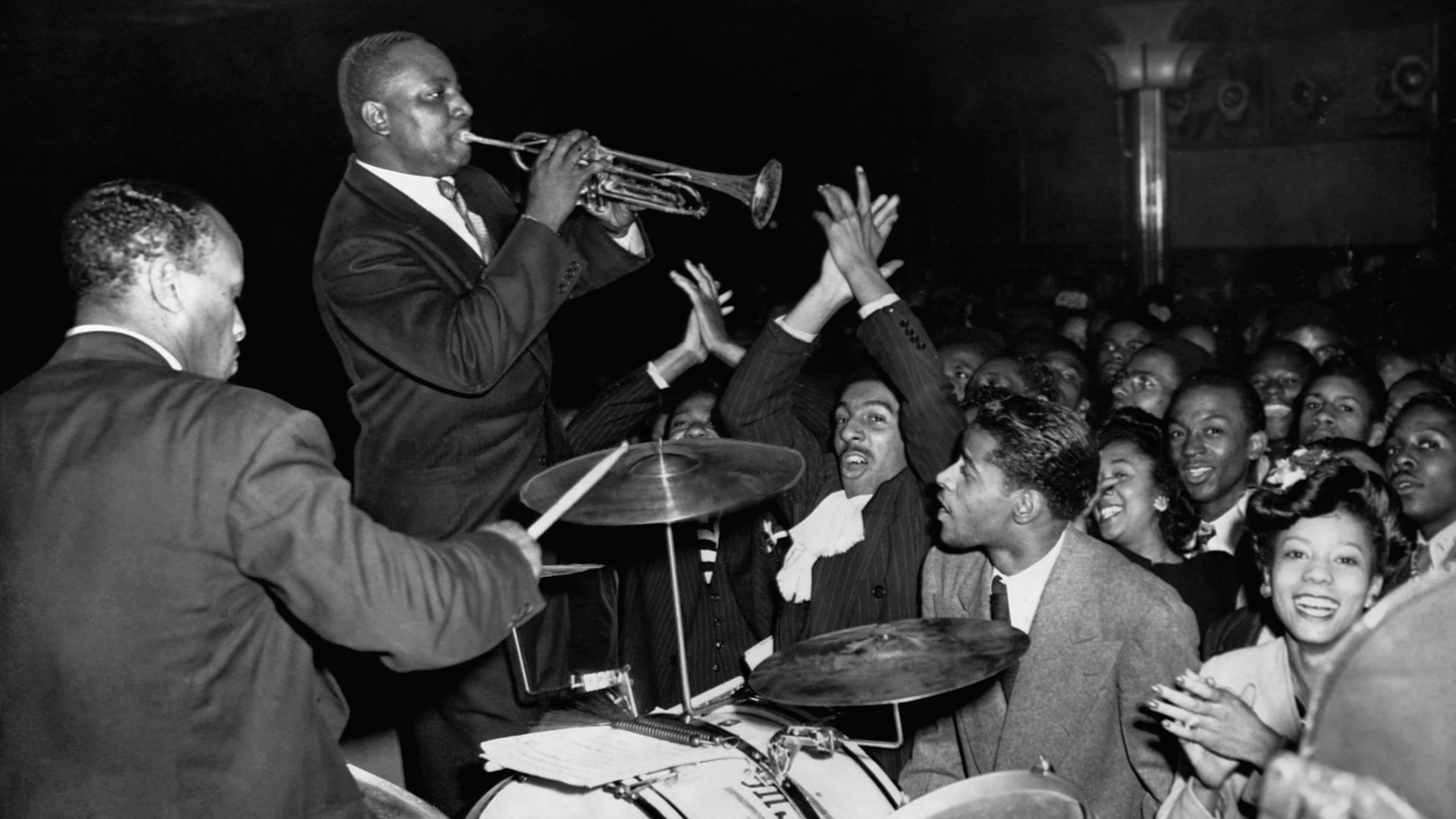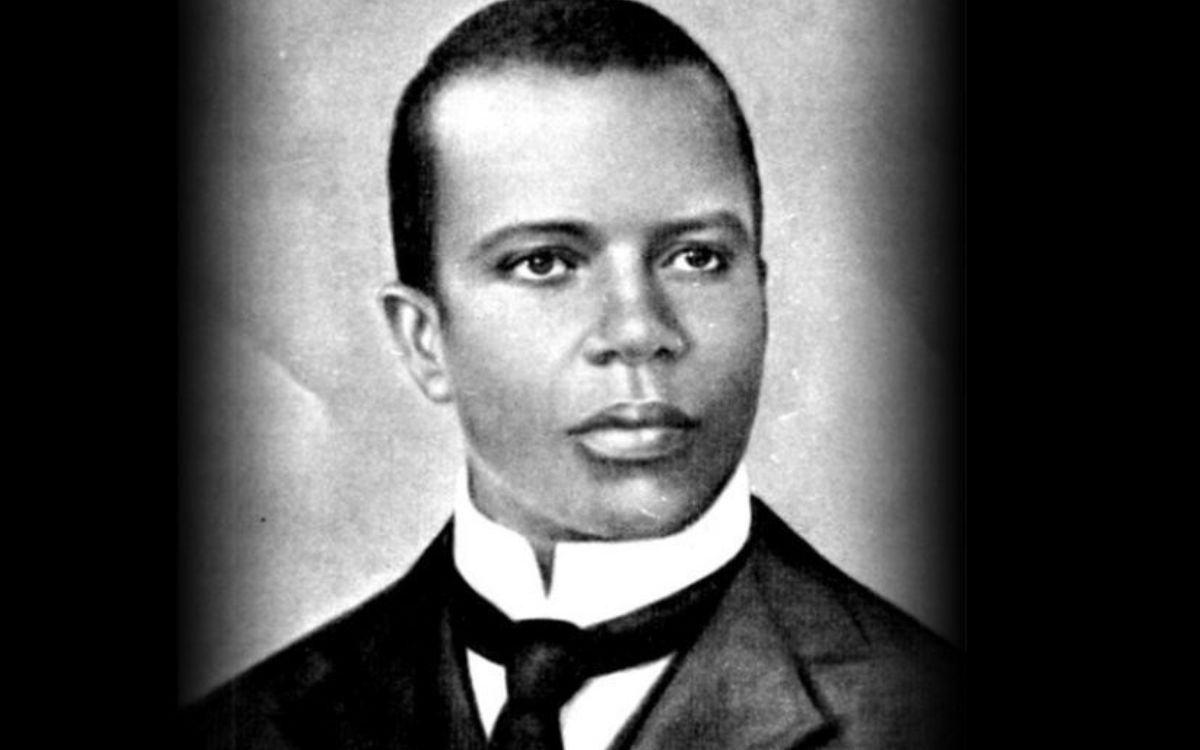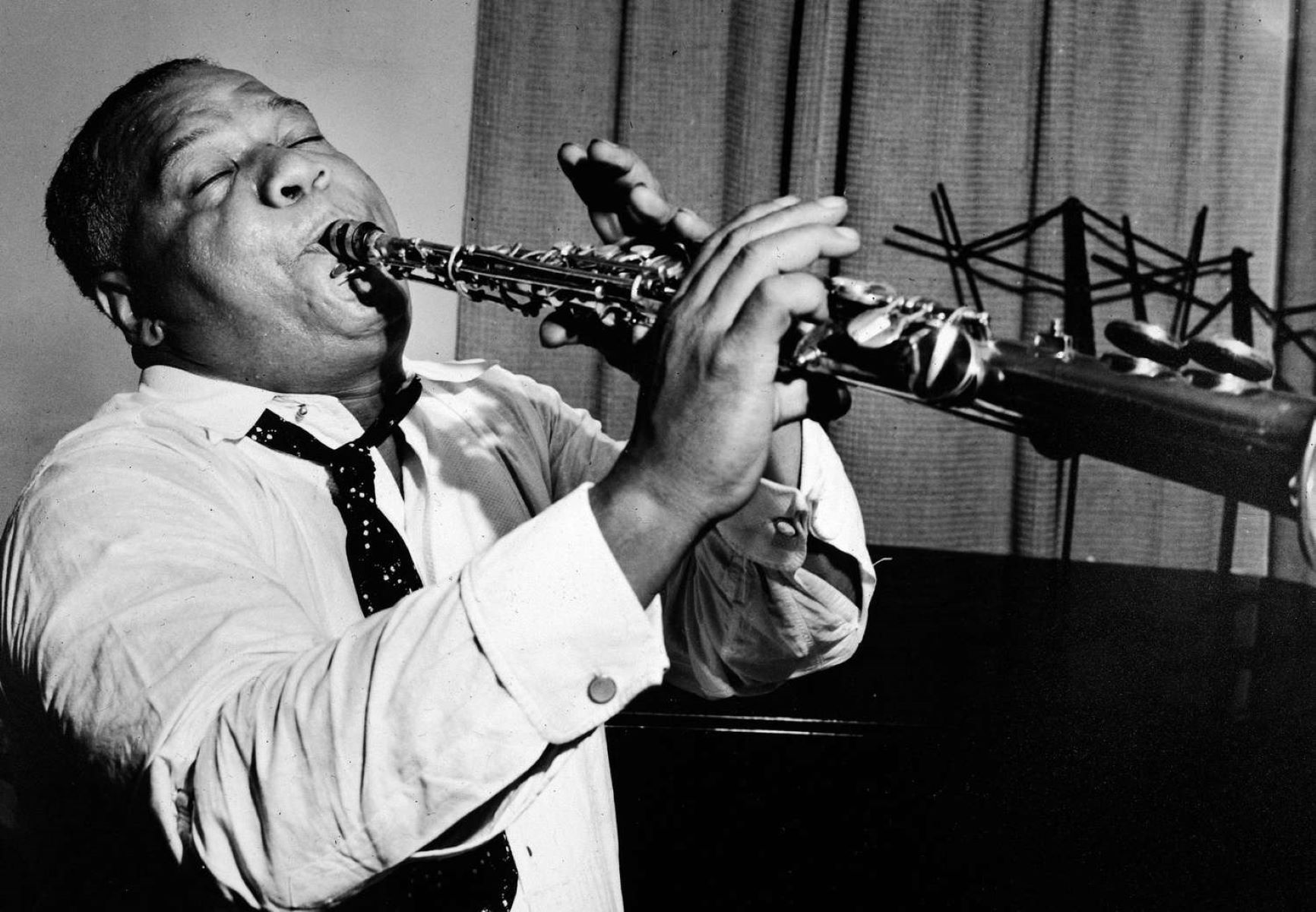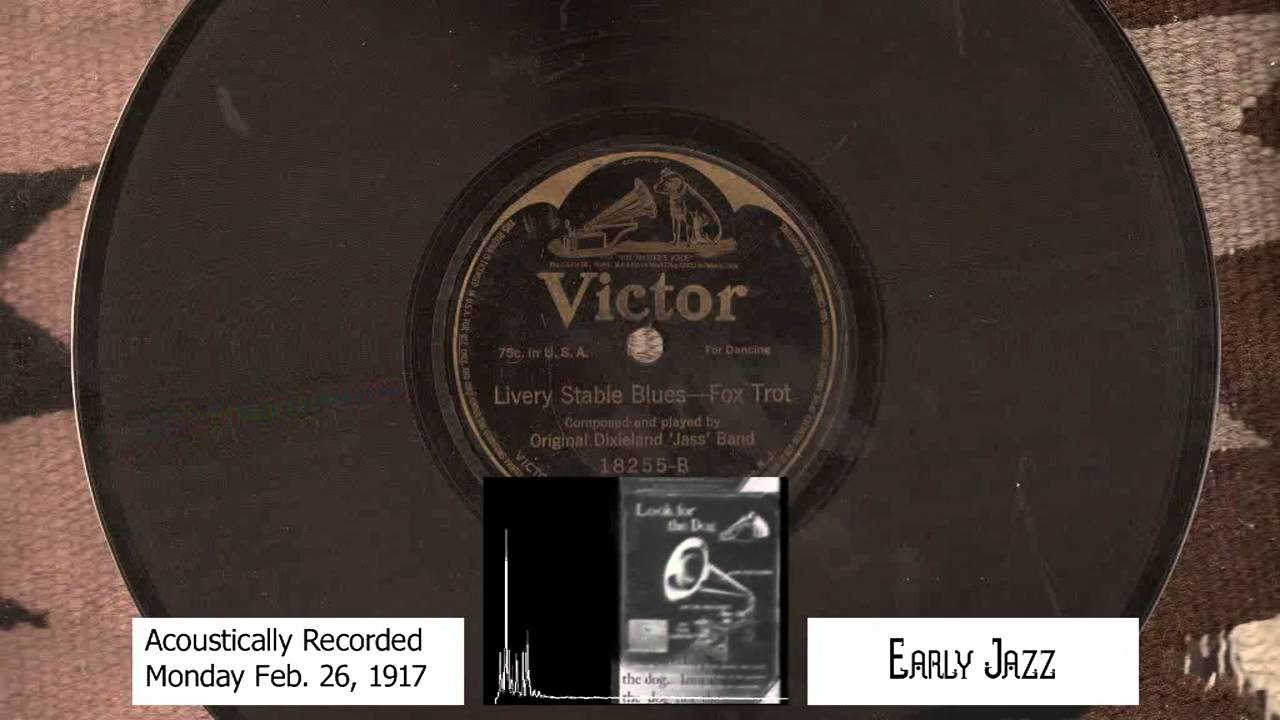Home>Genres>Jazz>Which Writer First Referred To The 1920s As The Jazz Age?
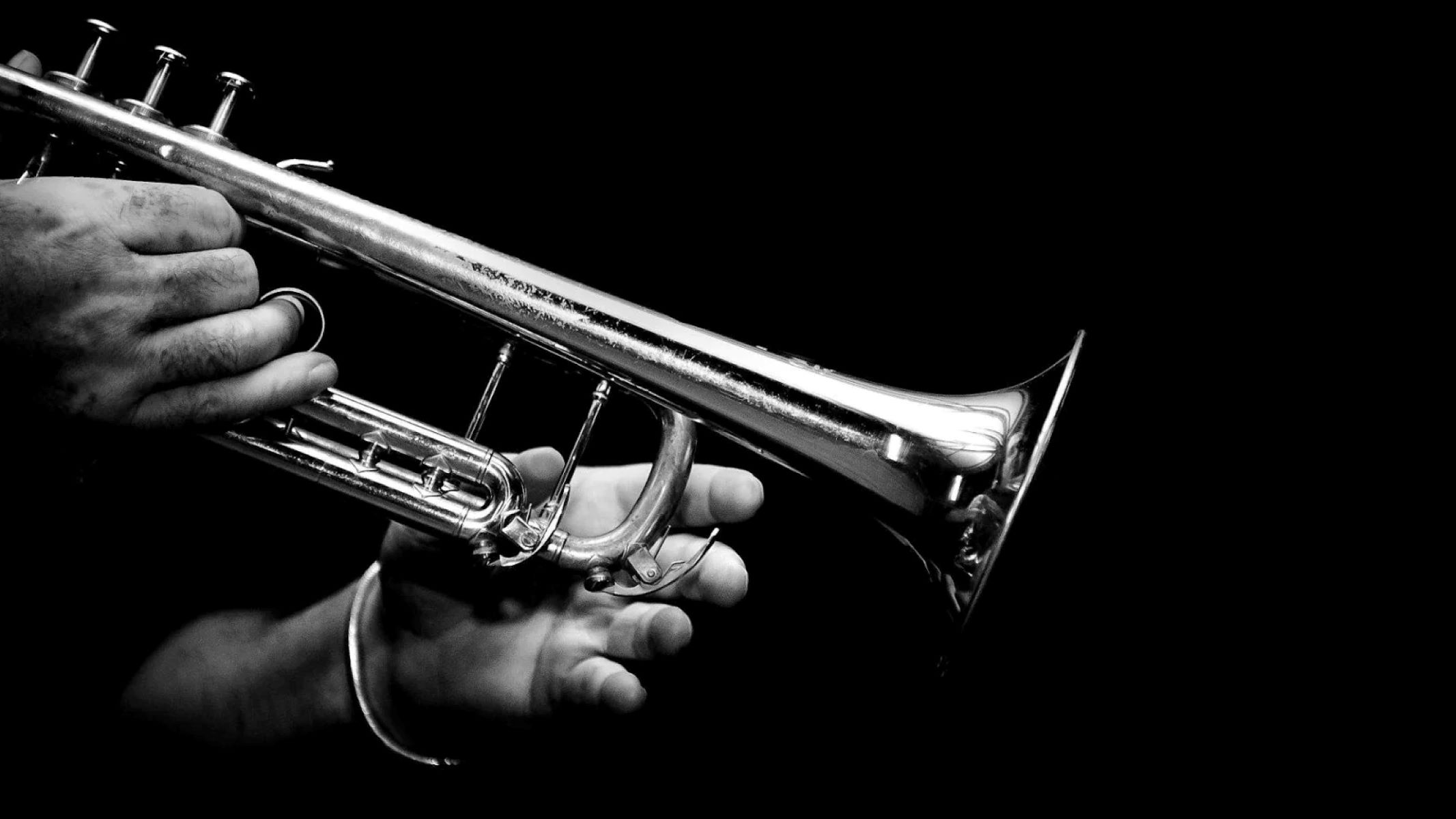

Jazz
Which Writer First Referred To The 1920s As The Jazz Age?
Modified: February 24, 2024
Discover which writer first referred to the 1920s as the Jazz Age. Uncover the origins of the term "Jazz" in this fascinating literary context.
(Many of the links in this article redirect to a specific reviewed product. Your purchase of these products through affiliate links helps to generate commission for AudioLover.com, at no extra cost. Learn more)
Table of Contents
Introduction
The Jazz Age, a term coined by writer F. Scott Fitzgerald, refers to the cultural and artistic explosion that took place in America during the 1920s. It was a time of immense social change, marked by the rise of jazz music, glittering parties, and a newfound sense of freedom. The Jazz Age was a decade of liberation and rebellion, as traditional values were challenged and new ideas emerged.
Jazz music, with its lively rhythms and improvisational style, became the symbol of the era. Its infectious beats and melodies captured the spirit of the times and provided an outlet for self-expression. Jazz clubs were packed with enthusiastic audiences eager to experience the electrifying energy of the music. African-American musicians, such as Louis Armstrong and Duke Ellington, played a pivotal role in popularizing jazz and breaking down racial barriers.
Alongside the musical revolution, the Jazz Age witnessed significant shifts in social attitudes and lifestyle choices. The young generation, known as the “flappers,” challenged conventional norms with their rebellious fashion choices and liberated behavior. Women embraced short haircuts, short skirts, and indulged in a more active and independent lifestyle. The advent of the automobile also contributed to the sense of freedom and mobility.
The Jazz Age was not just about music and fashion; it also had a profound impact on literature and art. Writers like F. Scott Fitzgerald, Ernest Hemingway, and Sinclair Lewis captured the essence of the era in their works, exploring themes of disillusionment, excess, and the pursuit of the American Dream. The literary output of the time reflected the changing values and attitudes of society, as well as the struggles and ambitions of individuals in a rapidly changing world.
In this article, we will delve into the origins and significance of the Jazz Age, examining its cultural and social impact, as well as the literary contributions that defined the era. From the vibrant jazz music to the transformative literature, we will explore how the Jazz Age left an indelible mark on American society and continues to influence art and culture to this day.
Definition of the Jazz Age
The Jazz Age is a term that refers to the cultural and social climate of the 1920s in the United States. Coined by F. Scott Fitzgerald in his writings, it captures the spirit of the era characterized by a transformative wave of change and a sense of liberation.
The term “jazz” itself refers to a form of music that emerged in African-American communities, particularly in New Orleans. With its syncopated rhythms, improvisation, and energetic melodies, jazz challenged traditional musical conventions and became a symbol of freedom and spontaneity. The Jazz Age, therefore, encompasses not only the music itself but also the cultural and social movements that flourished alongside it.
During this time, America experienced significant societal changes, fueled by factors such as economic prosperity, urbanization, and the aftermath of World War I. The end of the war brought a newfound sense of optimism and a desire to break free from the constraints of the past. The progressive and liberal attitudes of the Jazz Age challenged traditional values and norms, culminating in a decade of cultural revolution.
One of the hallmarks of the Jazz Age was a rejection of traditional societal roles and a celebration of individualism. This was evident in the bold and daring fashion choices, such as the iconic flapper dresses, short haircuts, and bold makeup. Women, in particular, embraced a more liberated lifestyle, rejecting the restrictive expectations of the previous generation.
Another defining characteristic of the Jazz Age was the proliferation of speakeasies, underground bars where alcohol was illegally sold during the Prohibition era. These establishments became hotbeds of entertainment and revelry, providing a haven for the thriving jazz music scene and fostering a culture of indulgence and excess.
Overall, the Jazz Age represents a transformative period in American history, characterized by a lively cultural scene, social change, and artistic innovation. It stands as a testament to the power of music, literature, and creative expression to shape and reflect society’s values and aspirations.
Origins of the Jazz Age
The origins of the Jazz Age can be traced back to the early 20th century, where a fusion of musical traditions and cultural influences laid the foundation for the vibrant and revolutionary movement that would define the 1920s.
At its core, jazz music evolved from the syncopated rhythms and improvisational styles of African-American communities, particularly those in New Orleans. The city’s diverse population, including Creole, African, and European immigrants, contributed to a rich musical tapestry. African musical traditions, such as call and response patterns and polyrhythms, intertwined with European harmonic structures and instruments to create a unique and captivating sound.
As New Orleans musicians migrated to other cities, notably Chicago and New York, they brought their distinctive musical style with them. Jazz quickly gained popularity, capturing the attention of both black and white audiences. The infectious rhythms and lively improvisations appealed to people’s desire for liberation and expression.
The Great Migration, a period during which millions of African Americans left the rural South for urban areas in the North and Midwest, also played a significant role in spreading jazz to new audiences. As African Americans sought better economic opportunities and fled the racial discrimination of the Jim Crow era, they brought their musical traditions with them, contributing to the growth and diversification of the jazz movement.
The popularity of jazz was further fueled by technological advancements, such as the phonograph and radio. These mediums allowed for the dissemination of jazz recordings and live performances to a broader audience, transcending geographical boundaries and exposing more people to the transformative power of the music.
As the 1920s dawned, jazz music began to permeate mainstream culture, intertwining with other art forms and shaping popular entertainment. It became the soundtrack of the era, providing the backdrop for lively dance crazes like the Charleston and the Black Bottom. Jazz bands, both black and white, performed in dance halls, speakeasies, and vaudeville shows, capturing the imagination of a nation ready to break free from the constraints of the past.
With its roots firmly planted in African-American communities, the Jazz Age represented a profound cultural exchange and a celebration of diversity. It laid the groundwork for the cultural, social, and artistic revolution that characterized the decade, setting the stage for the radical transformations and creative expressions that would come to define the Jazz Age.
Popularization of Jazz Music
Jazz music, with its electrifying rhythms and infectious energy, played a pivotal role in the cultural revolution of the Jazz Age. As it spread across the United States, the genre’s popularity skyrocketed, captivating audiences of all backgrounds and challenging traditional notions of music.
One of the key figures in the popularization of jazz was Louis Armstrong, a renowned trumpeter and vocalist. Armstrong’s prodigious talent and charismatic stage presence helped bring jazz music into the mainstream. His innovative approach to improvisation and his virtuosic trumpet playing set a new standard for jazz musicians and inspired countless others.
Another influential figure was Duke Ellington, a composer, pianist, and bandleader. Ellington’s compositions, such as “Take the ‘A’ Train,” showcased his sophisticated arrangements and ability to blend different musical styles, taking jazz to new heights of complexity and refinement. His orchestra became one of the most iconic jazz ensembles of the time.
The popularization of jazz was also facilitated by the recording industry, which allowed for the mass production and distribution of jazz music. Artists like Armstrong, Ellington, and others had the opportunity to record their performances, reaching audiences far beyond the geographical limitations of live performances. These recordings not only preserved their music but also made jazz accessible to a wider audience.
Jazz also found a home in the vibrant speakeasies and nightclubs that flourished during the Prohibition era. These establishments became havens for jazz musicians who were able to perform freely and experiment with their music. The energetic and improvisational nature of jazz was a perfect match for the lively atmosphere of these establishments, providing the soundtrack for the revelry and indulgence of the time.
The dance crazes that emerged during the Jazz Age also played a significant role in the popularization of jazz music. The Charleston, the Black Bottom, and other dances were accompanied by jazz music, creating a cultural connection between the music and the social scene of the time. The infectious rhythms and lively melodies of jazz became inseparable from the energetic and uninhibited dance styles of the era.
The influence of jazz was not limited to the United States. The genre gained international recognition, with jazz musicians touring and performing in Europe and other parts of the world. This cross-cultural exchange further contributed to the global popularity of jazz and its impact on popular music.
In essence, the popularization of jazz music during the Jazz Age can be attributed to the exceptional talents of musicians like Louis Armstrong and Duke Ellington, the accessibility provided by recording technology, the thriving nightclub scene, and the cultural connection between jazz and dance. These factors combined to propel jazz music into the mainstream consciousness, forever reshaping the musical landscape and leaving an indelible mark on the cultural legacy of the time.
Cultural and Social Changes
The Jazz Age was a time of significant cultural and social changes that reshaped American society and left a lasting impact on the world. It was a period marked by a loosening of traditional values and the emergence of new cultural norms and behaviors. From fashion to leisure activities, the Jazz Age brought about a wave of transformation and set the stage for the modern era.
One of the most visible changes during the Jazz Age was the transformation of women’s roles and fashion. The flapper became the iconic symbol of the era, representing a new breed of women who defied societal expectations. Flappers embraced a more active and independent lifestyle, challenging traditional gender norms and participating in activities such as smoking, drinking, and driving. They donned bold fashion choices, with short haircuts, shorter skirts, and glamorous accessories. The flapper embodied a sense of freedom and rebellion, pushing boundaries and paving the way for the women’s rights movement that would follow.
The Jazz Age also witnessed a shift in leisure activities and entertainment. With the rise of jazz music, dance became a popular form of expression and entertainment. Nightclubs and speakeasies sprung up, providing a space for people to let loose and enjoy the energizing rhythms of jazz. Dance crazes like the Charleston and the Black Bottom captured the imagination of the nation and became a cultural phenomenon. This new form of recreational activity reflected a desire for liberation, self-expression, and a break from the constraints of the past.
Technological advancements played a significant role in shaping the cultural landscape of the Jazz Age. The advent of the radio brought music and entertainment directly into people’s homes, allowing them to access a wide range of musical styles, including jazz. This accessibility to diverse forms of entertainment broke down geographical barriers and enabled the spread and popularization of jazz music.
The Jazz Age also witnessed the emergence of a vibrant visual arts scene. The art movements of the era, such as Art Deco and the Harlem Renaissance, reflected the changing attitudes and values of society. Art Deco, with its sleek and modern aesthetic, captured the spirit of the Jazz Age, while the Harlem Renaissance celebrated African-American culture and identity through art, literature, and music. These artistic expressions showcased the diversity and creativity of the era, contributing to the cultural richness of the time.
Socially, the Jazz Age brought about a sense of liberation and rebellion. The Prohibition era, with its ban on the production and sale of alcohol, led to the rise of speakeasies and illicit drinking establishments. These underground venues provided a space for people to socialize, enjoy music, and challenge the authority and restrictions of the time. The freewheeling spirit of the Jazz Age was also evident in the changing attitudes towards sexuality, as people became more open and exploratory in their relationships and expressions of love.
In summary, the cultural and social changes of the Jazz Age were transformative, challenging traditional values and ushering in a new era of freedom and self-expression. From the changing roles of women to the rise of jazz music and the emergence of new leisure activities, the Jazz Age set the stage for a modern and progressive society that would continue to evolve in the years to come.
Literary Influences of the Jazz Age
The Jazz Age had a profound influence on the literary landscape of the 1920s, shaping the works of prominent writers and giving rise to a new era of literature. The cultural shifts and societal changes of the time provided fertile ground for authors to explore themes of disillusionment, excess, and the pursuit of the American Dream.
One of the key figures associated with the literary influences of the Jazz Age is F. Scott Fitzgerald. His novel, “The Great Gatsby,” is often considered a quintessential portrayal of the era. Through intricate storytelling and elegant prose, Fitzgerald captures the essence of the Jazz Age, delving into themes of wealth, social decay, and the relentless pursuit of a dream that ultimately proves elusive. The novel provides a scathing critique of the excesses and superficiality of the time, while also reflecting on the notions of identity and reinvention.
The Jazz Age also saw the emergence of a group of writers known as the Lost Generation. This term, coined by Gertrude Stein, referred to a group of disillusioned artists and writers who felt disconnected from traditional values and the post-war world. Prominent members of the Lost Generation, such as Ernest Hemingway and Sinclair Lewis, drew inspiration from the cultural and social climate of the Jazz Age in their works.
Hemingway, known for his concise and minimalist writing style, infused his narratives with themes of existentialism and the disillusionment of the post-war generation. In works like “The Sun Also Rises” and “A Farewell to Arms,” Hemingway captures the sense of aimlessness and the search for meaning that defined the Jazz Age.
Sinclair Lewis, on the other hand, explored the societal changes and cultural clashes of the time in his satirical works. In novels like “Babbitt” and “Main Street,” Lewis critiques the conformity of American society and the obsession with material wealth, portraying the emptiness behind the facade of success.
The Jazz Age also had an impact on the Harlem Renaissance, a literary and cultural movement centered in Harlem, New York. African-American writers, such as Langston Hughes and Zora Neale Hurston, celebrated the richness of their culture and examined race relations in America. Their works, including Hughes’s poetry and Hurston’s novel “Their Eyes Were Watching God,” reflected the changing attitudes and experiences of African Americans during the Jazz Age.
Overall, the literary influences of the Jazz Age were wide-ranging and diverse, capturing the spirit and complexities of the era. The works of F. Scott Fitzgerald, Ernest Hemingway, Sinclair Lewis, and other writers of the time continue to be celebrated for their thought-provoking explorations of the human condition and their incisive commentary on the social and cultural upheavals of the Jazz Age.
F. Scott Fitzgerald and “The Jazz Age”
F. Scott Fitzgerald is often considered one of the defining voices of the Jazz Age. His novel, “The Great Gatsby,” has become an iconic representation of the cultural and social climate of the 1920s, making Fitzgerald synonymous with the era itself.
“The Great Gatsby,” published in 1925, delves into the lives of wealthy individuals living in the fictional town of West Egg, Long Island, during the height of the Jazz Age. The novel provides a scathing critique of the American Dream, exploring themes of wealth, love, and the pursuit of a life that is ultimately unattainable.
Fitzgerald’s writing style is characterized by lyrical prose, vivid descriptions, and a keen eye for social commentary. Through the eyes of his protagonist, Nick Carraway, Fitzgerald paints a picture of excess, parties, and the glittering facade of the Jazz Age. The novel exposes the emptiness and moral decay that lie beneath the surface of the extravagant lifestyles portrayed in the story.
In “The Great Gatsby,” Fitzgerald delves into the profound disillusionment that characterized the Jazz Age. The characters, including the enigmatic Jay Gatsby and the superficial Daisy Buchanan, embody the yearning for material success and social acceptance that pervaded the era. Yet, despite their attempts to recreate their lives and transcend their circumstances, they ultimately find themselves trapped in a cycle of unfulfilled desires and broken dreams.
Fitzgerald’s exploration of the themes of identity and reinvention in “The Great Gatsby” resonates with the core values of the Jazz Age. His characters, constantly chasing after a dream that remains just out of reach, reflect the restlessness and dissatisfaction that permeated society during this time of rapid change and social upheaval.
“The Great Gatsby” was not an immediate success upon its release, but it has since become regarded as one of the greatest American novels of all time. Its enduring popularity is a testament to Fitzgerald’s ability to capture the zeitgeist of the Jazz Age and distill its essence into a timeless story that continues to resonate with readers today.
Fitzgerald’s literary contributions go beyond “The Great Gatsby.” His other works, such as “This Side of Paradise” and “Tender Is the Night,” also explore the themes and atmosphere of the Jazz Age. Through his writing, Fitzgerald provides an intimate and poignant portrayal of the challenges and contradictions of the era, solidifying his legacy as a literary icon of the Jazz Age.
Other Writers’ Interpretation of the Jazz Age
While F. Scott Fitzgerald is often regarded as the quintessential writer of the Jazz Age, other prominent authors of the time also made significant contributions to the literary interpretation of the era. These writers explored the cultural and social landscape of the 1920s, capturing the essence of the Jazz Age through their unique perspectives and storytelling.
One notable writer who depicted the Jazz Age in his works was John Dos Passos. In his novel “Manhattan Transfer,” Dos Passos portrays the fast-paced and chaotic nature of life in New York City during the 1920s. Through a fragmented narrative style, he captures the frenetic energy, diverse characters, and constant movement that were hallmarks of the Jazz Age.
Edith Wharton, known for her examination of the upper classes, also offered her perspective on the Jazz Age. Her novel “The Age of Innocence” explores the clash between tradition and modernity, as well as the constraints placed upon individuals by social expectations. Wharton’s portrayal of New York’s elite during the era highlights the tension between maintaining appearances and breaking free from societal norms.
Another writer who provided a unique interpretation of the Jazz Age was John Steinbeck. Though more commonly associated with his later works, Steinbeck’s first novel, “Cup of Gold,” encapsulated the spirit of the era. Set in the Caribbean and filled with adventure and romance, the novel reflects the allure of excitement and escapism sought after during the Jazz Age.
Additionally, E.E. Cummings, a poet known for his experimental style, offered a distinct perspective on the Jazz Age in his works. Cummings explored themes of individuality, love, and the breakdown of society’s norms. His use of unconventional punctuation, syntax, and typography created a sense of energy and rebellion that mirrored the jazz music of the era.
The Jazz Age also had an impact on African-American literature during the Harlem Renaissance. Writers like Langston Hughes and Zora Neale Hurston showcased the experiences and perspectives of African Americans during the Jazz Age. Hughes’s poetry, with its rhythmic language and references to jazz and blues, captured the vibrancy and struggles of African-American life, while Hurston’s novels, such as “Their Eyes Were Watching God,” portrayed the resilience and identity of African-American women.
These writers and many others interpreted the Jazz Age through novels, poetry, and plays, providing diverse perspectives on the social and cultural changes of the era. Their works continue to be celebrated for their contributions to the literary landscape of the 1920s, offering a rich tapestry of voices that collectively capture the essence of the Jazz Age and its lasting impact on American society and literature.
Conclusion
The Jazz Age of the 1920s was a period of immense cultural and social transformation in America. It was an era defined by the rise of jazz music, the rejection of traditional values, and a newfound sense of freedom and rebellion. The Jazz Age left an indelible mark on American society, influencing not only music and entertainment but also literature and art.
The Jazz Age was a time of liberation, as seen in the emergence of the flapper, who challenged societal norms and embraced a more independent and adventurous lifestyle. The popularity of jazz music soared, with artists like Louis Armstrong and Duke Ellington captivating audiences and reshaping the musical landscape. Nightclubs and speakeasies became vibrant hubs of culture and entertainment, where people could dance to the infectious rhythms of jazz and let loose in an atmosphere of indulgence and excess.
Literature of the Jazz Age reflected the cultural shifts and social changes of the time. F. Scott Fitzgerald’s novel “The Great Gatsby” stands as a seminal work that encapsulates the spirit of the era, exploring themes of disillusionment, excess, and the elusive nature of the American Dream. Other writers, such as John Dos Passos, Edith Wharton, and Langston Hughes, added their own interpretations of the Jazz Age, offering unique perspectives on the societal upheavals and cultural vibrancy of the time.
The impact of the Jazz Age extends beyond the 1920s. Its influence can still be felt in contemporary music, fashion, and art. Jazz, with its improvisational spirit and cultural fusion, continues to captivate audiences and inspire new generations of musicians. The spirit of rebellion and liberation from the Jazz Age resonates with individuals seeking freedom and self-expression in today’s society.
In conclusion, the Jazz Age was a transformative period in American history that redefined cultural norms, shattered societal expectations, and fostered a creative explosion. The music, literature, and art of the era continue to enchant and captivate audiences, reminding us of the timeless allure and enduring legacy of the Jazz Age.


